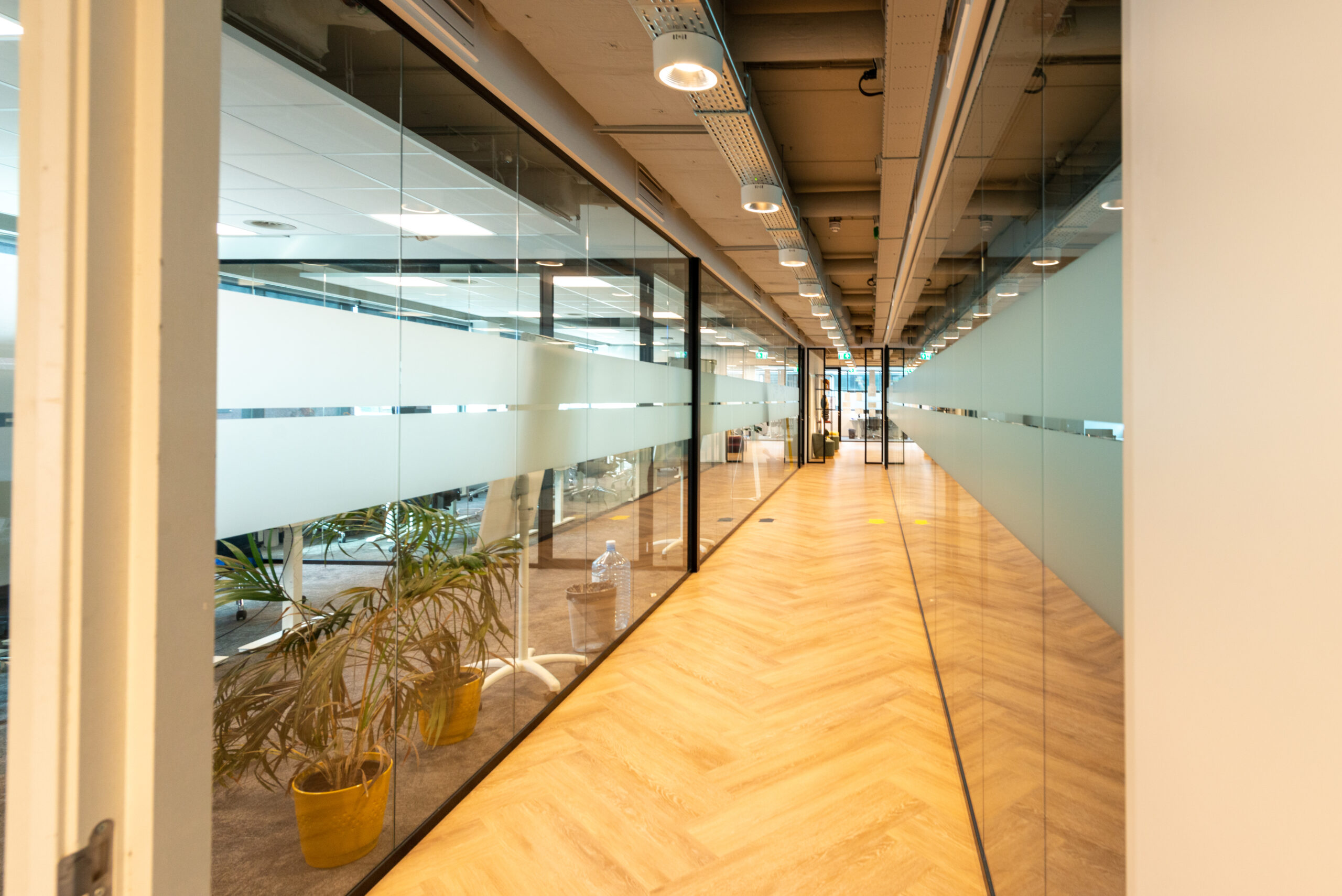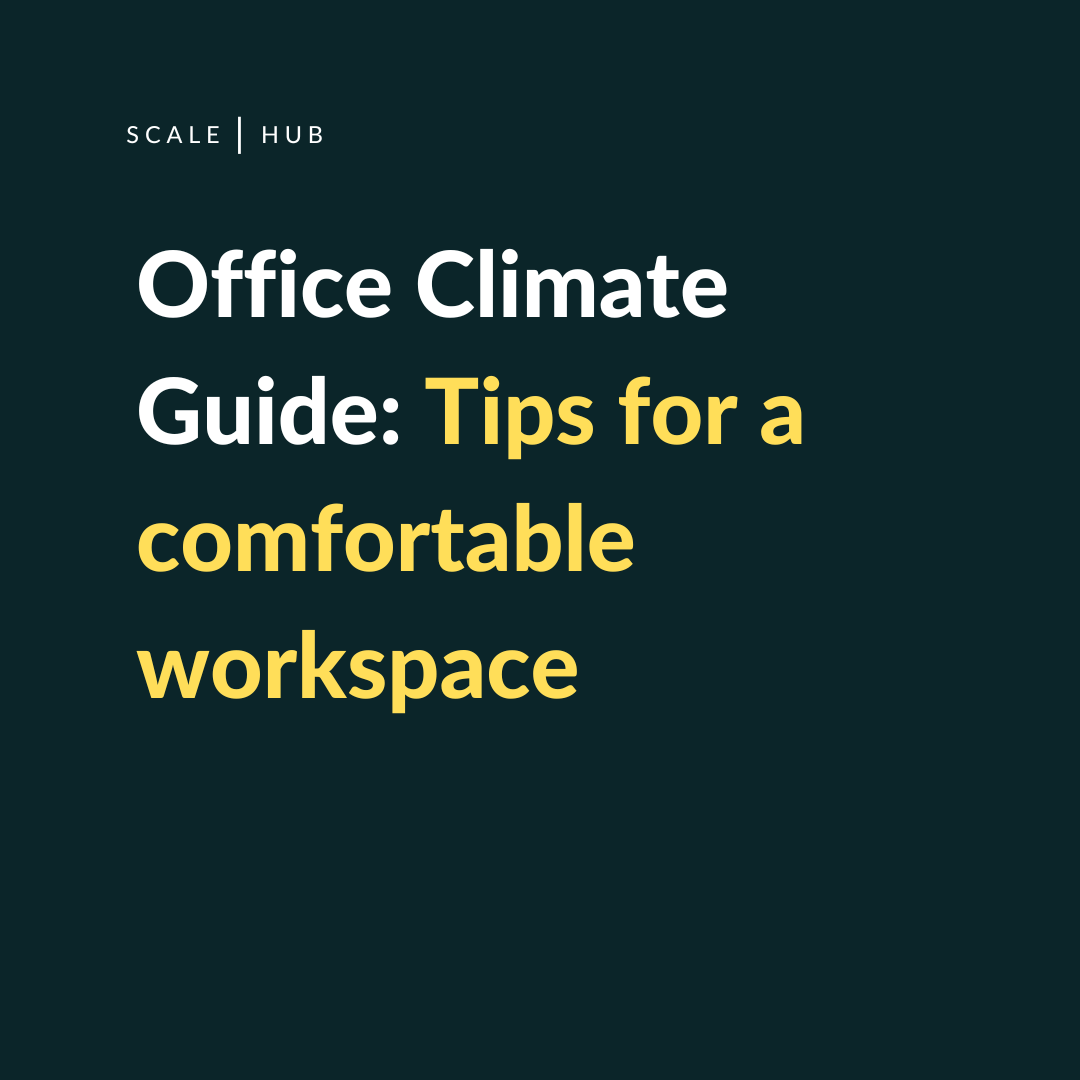
Soon, we can fully reopen our offices. Soon our only problem will be dealing with the 1,5 meter restrictions and how that will allow us to use the office space we have available.
And soon enough too, everybody will be vaccinated and by the end of summer there really is “no excuse” not to start using our offices full-time again. That is, if we totally discard what we’ve learned in the past year.
Going back to the way things were may not only be inadvisable, it may well be impossible. There is no “back to normal” after what we’ve been through during the pandemic. So how will we handle this transfer once more? One thing’s for sure: The “return to the office plan” is a hot topic.
Five ideas on how to deal with offices opening back up full-time again
However you go about it, there is a serious fact to take into account: People may not want to work in the office full-time anymore, some may even refuse to do so. We are moving towards a future of hybrid working.
So how do you navigate this situation? How do you deal with offices opening back up full-time again? Perhaps these five ideas can help you make a thoughtful return to the new office life.

1. Embrace experiment at work
Is it really that important to have a fixed “return to the office”-plan, and actively communicate it to your employees?
If we look back at the past year, we may conclude that we coped pretty well. We adapted to a new way of working in a crisis and were still doing a good job, without a plan. We all improvised and everybody found a way.
With no answers ready, people invent solutions to the issues that present themselves. Being capable of solving those issues feels liberating and rewarding.
Maybe a good way to go about it, is to embrace experimentation and not expect things to go smoothly or change radically right away. If there’s anything you want to actively communicate or take a lead in: show employees that they can experiment and learn from it. Embark on this adventure together and find the best way to get work done.
2. Be flexible with the “how to work”
One size won’t fit all. There is not one type of worker. Not everyone has the same needs. Not everyone wants the same things in life. Some are ready to experiment and others may want to take things slowly altogether. One might not want to work in the office but still be engaged. Or one may be less engaged yet still perform well. One may be fully engaged and “waste” a lot of time. Should we go on?
We don’t have the same priorities in life and that’s fine. Give each other some space and don’t try to control everything. Things managed to work out fine in the past year.
Let everyone go at their own pace and if anything should be planned, make it a priority to let teams decide on how to make things work.

3. Highlight experiences in your communication about returning to the office
We all need human connection. But we don’t necessarily feel part of a team by traveling to the office for an hour to answer emails from a random desk. So it might be a good idea to focus on the office as being a place for real connection and experiences. The time we spend working together is about team building, quality connections and sharing valuable experiences. As going back to the office is a conscious choice for many, it should provide added value. And why not give everyone something to look forward to?
4. Respect how the pandemic has changed us
A big social change is coming our way. Not just with working in the office but with all of life “reopening”. We are no longer used to the amount of social interaction that is about to become our life again. It will give energy but also take up much of our energy, and some of us may be left with little to give after the threat of the pandemic is finally really over. We have been through a lot in the past year and yet we had work to do, and very little else…
Going back to the office is about more than a change of locations, it’s a social change. Take care of yourself and your team. Take time to adapt.
5. Do research if you feel insecure about your new way of working
Already, there’s so much research available on how people experienced working from home. On how much more productive they felt and what it has done for their family life for example. It’s no wonder most of us don’t want to go back to the old situation. Look at the numbers on how many days employees want to keep working from home, and how they are willing to give up salary to be able to do so, or even willing to change jobs. You can look at how other companies are handling it and use their best practices so far. It is an exciting time and it’s up to us to take all these facts and figures and use them to our advantage.
But first, summer.
Summer is here and it may be a good time to reflect on what we have learned. Let’s create a better version of our work life and how we want to do our jobs. But even more importantly, the summer doesn’t only mark the time for a return to our offices, we will also – hopefully – get a chance at a real summer now. And maybe we can all use a nice break first?
Enjoy!



